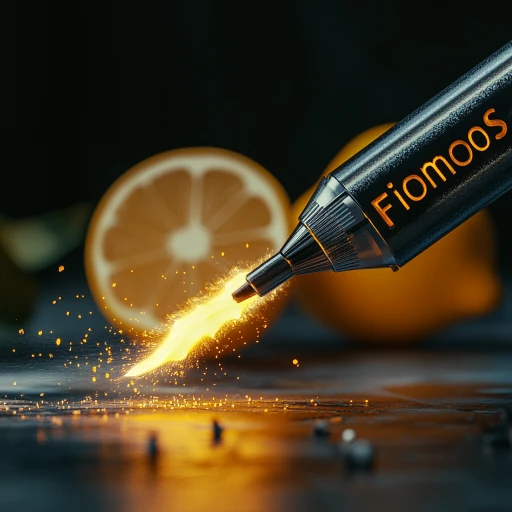IronOS: The Most Fun I've Had Since Ever
2 min read
Will Puckett
I bought a TS80P a few years ago, and it has been my trusty soldering companion ever since. Despite my rough handling—using it for heat set inserts and even melting bearings into PLA—the iron has held up remarkably well. However, my main B02 tip had become so oxidized that only a tiny corner could be tinned. I feared I might need a new tip, but after soaking it in a halved lemon for several hours, scraping it periodically with the coarse side of my sponge, heating and wiping it with a brass brush, and repeating the lemon treatment, it was back to a fully tinnable state.
I was thrilled. I also rejuvenated my D25 tip, giving me two almost-new tips. During this maintenance spree, I finally decided to install IronOS on my TS80P. I had underestimated the improvement it would bring over the stock firmware. The difference, especially with my newly restored tips, was astonishing.
IronOS simplifies the button controls and offers more intuitive temperature settings. The most exciting feature is the motion sensitivity, which activates heating when the iron is picked up, thanks to the onboard MSA301 triple-axis accelerometer. I'm not sure if Miniware ever included motion sensing in their firmware, but if they did, I had no idea. With motion sensing, the iron feels incredibly smooth and natural.
IronOS also includes a "gas it, Eddy" / insane mode, which boosts the tip temperature by a preset amount while the button is pressed. With this feature and my freshly tinned tips, I was able to lower my working temperature by almost 100 degrees Celsius without any issues.
Installing IronOS was straightforward: hold down a button while plugging the iron into your computer to enter boot mode, then drag the .hex file in your preferred language to the disk. I had expected a more complicated process, possibly due to outdated information or the overwhelming number of language options.
The TS80P uses an STM32F103T8U6 processor, a detail I couldn't find in any data sheets or product information during my search. I discovered this from teardown photos and wanted to include them here for anyone else who might be curious.


I only find myself wishing now that I could connect the TS80P to Home Assistant like the Pinecil v2.
